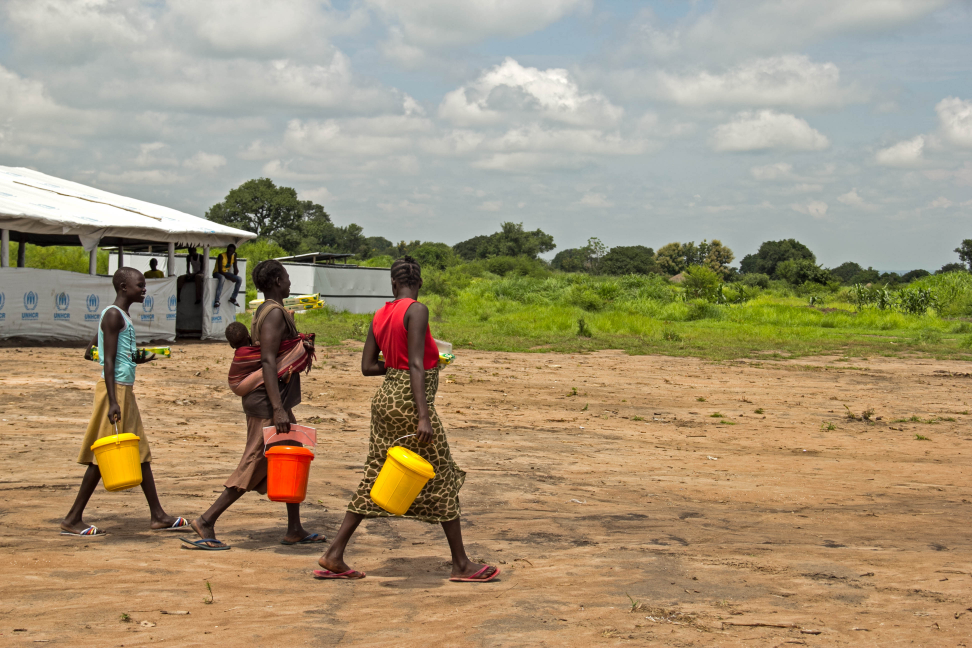Measuring Psychosocial Well-Being Across Cultures

How are you today? Really, how are you? How would I know that you are feeling well, truly? Do you wear your heart on your sleeve, or do your friends describe you as stoic? Are you someone who is comfortable sharing your daily challenges with others? How much do you think that the way that you express yourself and experience life’s challenges is shaped by your context, your age and gender, your cultural background, or the expectations set by your community?
The International Rescue Committee (IRC) is developing measurement tools that we hope will allow the humanitarian community to measure the impact of gender-based violence (GBV) programming in terms of psychosocial well-being and felt stigma. You can read more about the objectives of our GBV project in our previous blog post.
Our goal is to measure how GBV survivors’ lives have tangibly improved once they received comprehensive care. We also want to ensure that the M&;E tools we develop are appropriate for routine M&;E. And we want to test how we can adapt these measurement tools across different populations.

The IRC provides programs focused on preventing and responding to violence against women and girls in more than 30 countries worldwide. Some of our clients live in urban areas, others in camps, others still in very remote areas. Some have been displaced and were forced to adapt to a new context and reality. In each context, women and girls may express and experience depression, trauma, anxiety, and stigma differently. Also, each may face different expectations of what it means to be ‘functional’ and productive.
For this project, we are starting with two populations: Syrian refugees in Jordan and Somali refugees in Kenya. We are also building on past projects, like the IRC’s collaboration with Johns Hopkins University in the Democratic Republic of Congo , where tools measuring psychosocial well-being and experiences of stigma were adapted to the context.
As a first step, we consulted with our colleagues, case managers, and psychosocial counselors in both countries to answer questions such as:
- What are the tasks and activities an adult woman is expected to do, in order to be considered a ‘productive’ member of their household and community? How does that vary by age or marital status or disability status?
- When someone experiences trauma and/or experience of violence, what thoughts and feelings is this person likely to express to others, like a counselor? What are some thoughts and feelings considered so shameful that they won’t be shared, even in private?
- During a GBV survivor’s recovery, what are the signs that the survivor is progressing in her recovery? What would a survivor say, do, or think?
The discussions were very rich. Overall, we found that women’s thoughts and feelings around experiences of violence are similar across both contexts, but the ways of expressing and describing the feelings may be very different.
One aspect that struck me in particular is not only how the concept of well-being varied across contexts, but how displacement itself may be changing what it means to ‘be functional’ and ‘feel well’ for the same population. Before becoming a refugee, a woman may be considered a strong contributor to her household if stays at home and takes care of domestic tasks; while as a refugee, this same woman may be expected to generate income outside of the household. Displacement can also cause significant disconnect with others, so that it may no longer be common to meet with neighbors, without this being a sign of individual withdrawal. At the same time, displacement can sometimes create an opportunity to seek more support: in a new environment, women may feel more comfortable with joining women’s groups and seeking out psychosocial support, away from potential judgement of their former community members.
We adapted our questionnaire in each context, based on the feedback we received. Next, we will administer the questionnaire to 100 women in each context, and through some statistical wizardry, test the validity and reliability of these measures. Stay tuned for the next update in February 2018!

Stay updated
Sign up for our newsletter to receive regular updates on resources, news, and insights like this. Don’t miss out on important information that can help you stay informed and engaged.
Explore Elrha
Learn more about our mission, the organisations we support, and the resources we provide to drive research and innovation in humanitarian response.